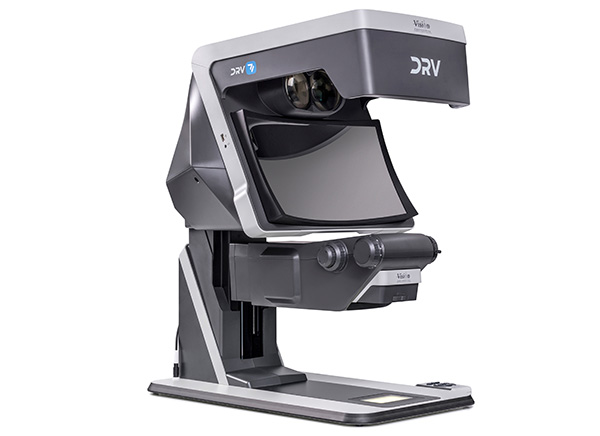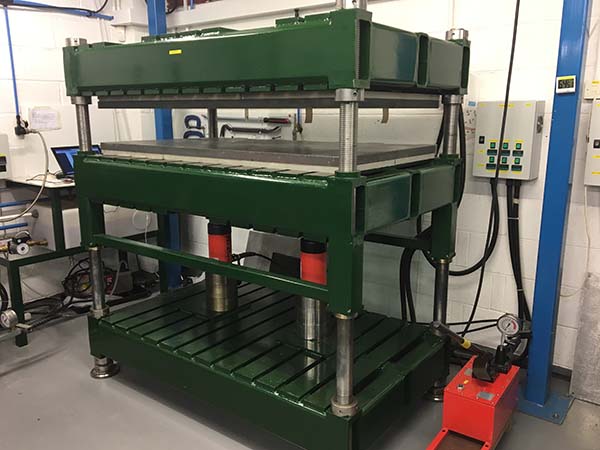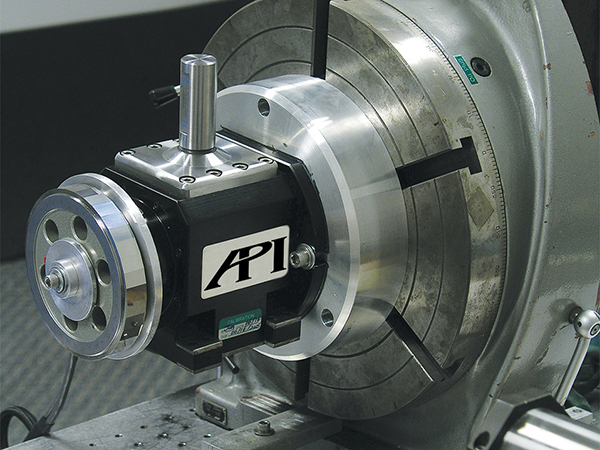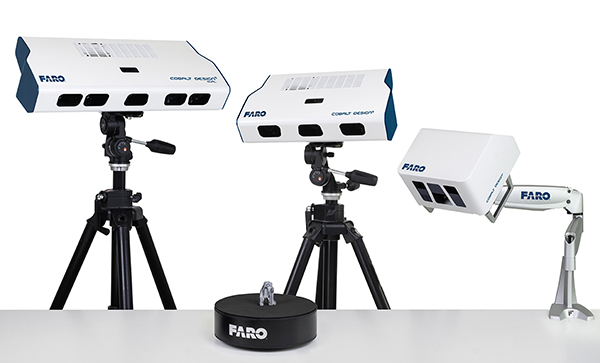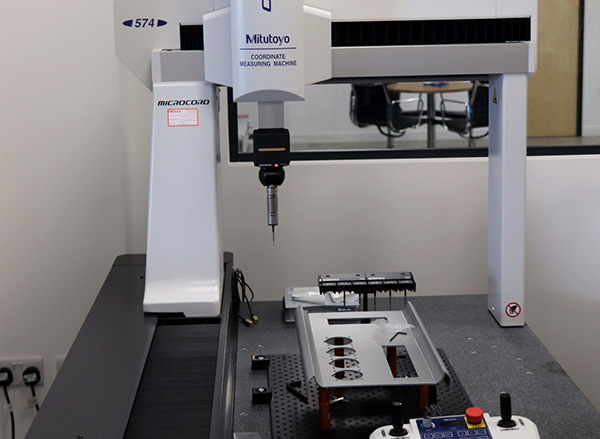Vision Engineering, a manufacturer of visual inspection and measurement technologies, has introduced its latest flagship product, the Deep Reality Viewer (DRV-Z1) microscope.

Designed at its Woking, UK headquarters, the DRV-Z1 enables the user to view high-definition 3D images under magnification without using a flat screen, or requiring operators to wear goggles or specialist glasses. Innovatively, by linking multiple DRV systems via wired or wireless technologies, users can share and manipulate 3D images of components or products in real time.
Vision Engineering says that the DRV-Z1 is set to transform supply network collaboration in manufacturing and quality, design and rapid prototyping, and even in the healthcare and medical sectors. The ability to simultaneously share and discuss full 3D images of critical parts, repairs or design enhancements without any delay offers tangible benefits.
In terms of transferring vital information and quality of view, colleagues across multi-site organisations, suppliers and their customers and designers and manufacturing engineers can use the DRV’s real-time connectivity to accelerate and improve both product design and client response.
Using Vision Engineering’s globally patented TriTeQ3 digital 3D display technology, the DRV-Z1 moves these advantages even further forward, combining improved ergonomics with real-time transfer of 3D product images for rapid and informed decision-making. DRV-Z1 systems are designed to address important quality control and production requirements in sectors including electronics, aerospace, automotive and medical.
Mark Curtis, managing director, Vision Engineering says: “This breakthrough technology sets a new industry standard, offering users an incredible 3D viewing experience, without the need for glasses or headsets. The ability to share high-definition images with other users anywhere in the world presents a huge opportunity to improve standards across key industries such as healthcare, manufacturing and automotive.”
For further information www.visioneng.com






